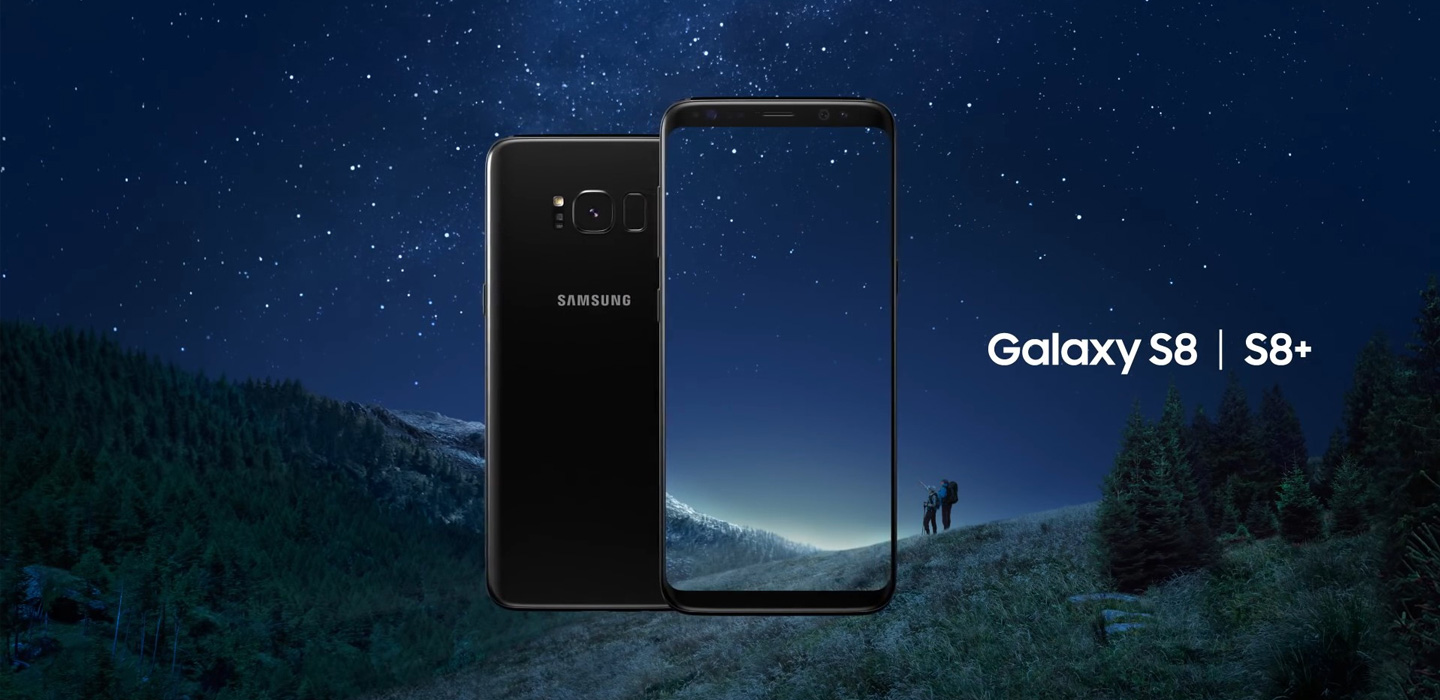After last year’s public relations disaster of exploding phone batteries, the launch of the Samsung Galaxy S8 should have been an opportunity for the tarnished South Korean tech giant to redeem itself.
At least one reviewer labelled the new flagship smartphone Samsung’s most important phone ever, while others praised its futuristic design, sleek curves and its capacity to pack a big screen into a conveniently sized device. CNET’s reviewer described the S8 as ”the most beautiful, polished phone I’ve ever held”.
In the world of marketing failures don’t just spell doomsday for the product in question, but make it all the more challenging for the follow-up product to do well.
After the debacle of the Note 7 – banned by airlines as a safety risk and ultimately, humiliatingly, withdrawn from sale – the new phone should have set the gold standard.
But whilst there has been praise, there have also been rumblings. Among other issues, customers have complained of red tinted screens, problems with staying connected to wifi networks, and facial recognition software that can be tricked by a photograph.
Negative press
In the world of marketing failures don’t just spell doomsday for the product in question, but make it all the more challenging for the follow-up product to do well.
Given the huge global furore and negative press coverage over the Note 7, it was inevitable the S8 would be subject to intense scrutiny from consumers and tech reviewers swayed to look out for mistakes in Samsung’s next product, rather than for its positive features.
Even ardent Samsung fans will look for what are known as “hygiene factors” in the next product – in other words, what would dissatisfy them about it.
Once bitten, twice shy is a common psychological response and it is natural for consumers to lean towards nitpicking. Against a legacy of previous major product failure they become less forgiving even for minor bugs that might, in different circumstances, have been considered part of the territory with boundary-pushing smartphones.
None of the issues so far raised with the S8 come anywhere near the level of the Note 7’s exploding battery, which posed a serious danger of causing bodily injury.
The red tinted screen, for example, experienced by some users is a technical glitch that Samsung has said will be solved by an upcoming software update.
Yet issues like these get complained about and gain an inflated prominence because of the legacy of the Note 7. Any inconvenience to customers – even a relatively minor one such as having to download a software update – causes grumblings and bad press.
‘Minor’ problems
But this also raises another troubling question. If the problems with the S8 are “only minor”, why were they not resolved before the phone was released?
Minor issues should be simple and straightforward to fix – to let them pass and reach market seems sloppy at best on the part of the producer; all the more so given the failings that accompanied the Note 7 and Samsung’s subsequent grovelling promises to do better.
In the wake of last year’s troubles, Samsung’s PR machine went into overdrive, with a big play on quality assurance and the rigorous testing that goes into the firm’s products. Glossy cinema ads featured a supposed Samsung testing lab and white coated technicians tasked with ensuring customers receive only the very best products.
But this too has been brought into question by other gripes about the S8.
One issue that seems to have particularly irked many consumers and reviewers is the placement of the fingerprint sensor at the back of the phone, adjacent to the camera lens.
Customers first
On a phone that seems to have invested so heavily in sleek design, critics have labelled this a significant misstep. Not only is the sensor inconveniently located, many complain, but it also risks errant fingers smudging the camera lens. This could prove especially problematic for customers using the increasingly popular Samsung Pay app, which requires fingerprint verification.
Again, such issues are hardly life threatening. Without the backdrop of the Note 7 fiasco they would almost certainly have achieved far less coverage. But they nonetheless call into question Samsung’s pledge to put its customers’ first. Putting the fingerprint sensor where it is, seems to have been driven more by technical factors rather than any drive to think about convenience to customers.
This is all the more important for a premium device marketed as setting the standard to which others should aspire.
While some of these issues may seem minor, the legacy of the Note 7 failure meant the weight of expectation on Samsung was amplified. In a highly competitive, social media-driven world, consumers have sovereignty. Trust is hard won and easily lost; and once lost it takes huge effort and time to restore.
The lessons for Samsung are twofold.
First, as if the Note 7 saga had not proved enough, it needs to test, test and test again. When trust and credibility are dented, customers should not have had any reason to fault the S8, no matter how seemingly minor. If necessary it should have delayed the launch until the kinks were ironed out.
Second, it should express humility and welcome feedback as an opportunity to improve. The firms needs to be willing to demonstrate that it is listening to its customers.
In the wake of the Note 7 the onus is on Samsung to pull out all the stops, show it remains a premium smartphone player worthy of the name, and make good.
The question with the S8 is whether it has gone far enough.




